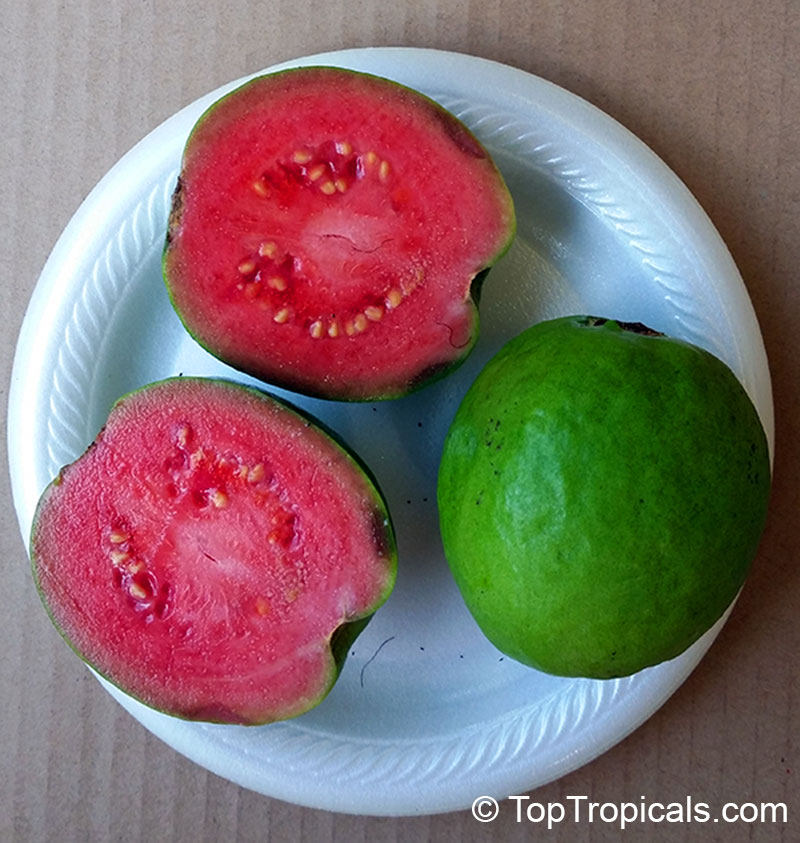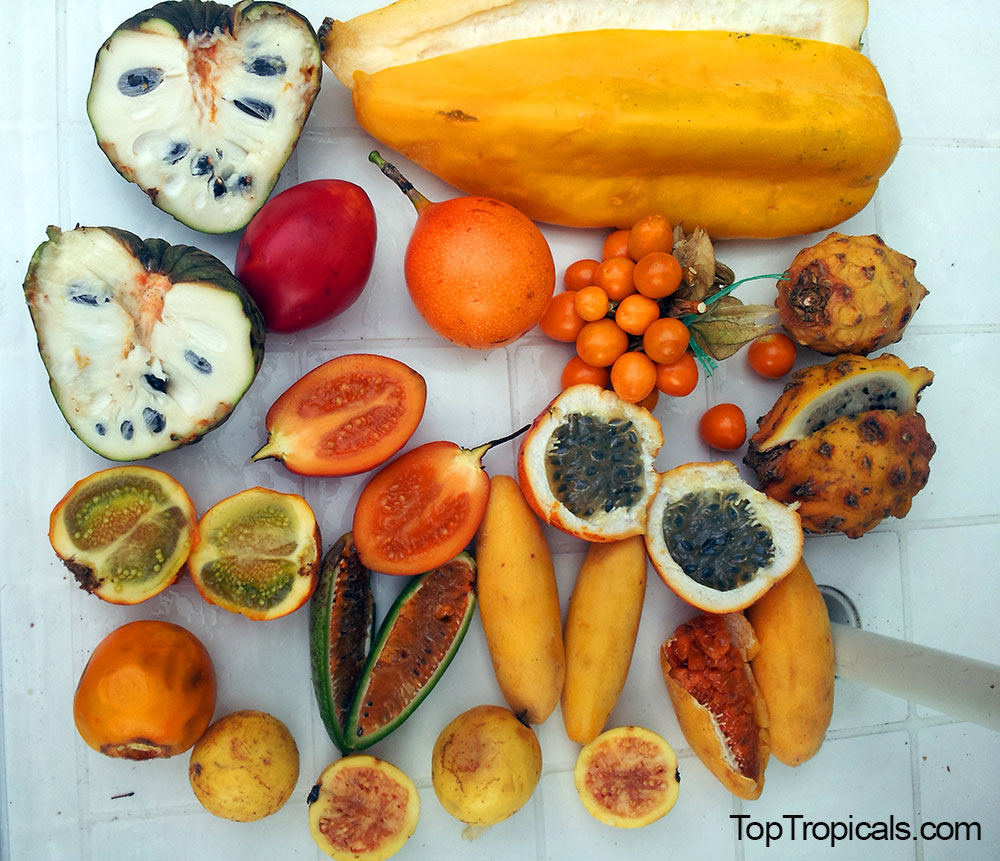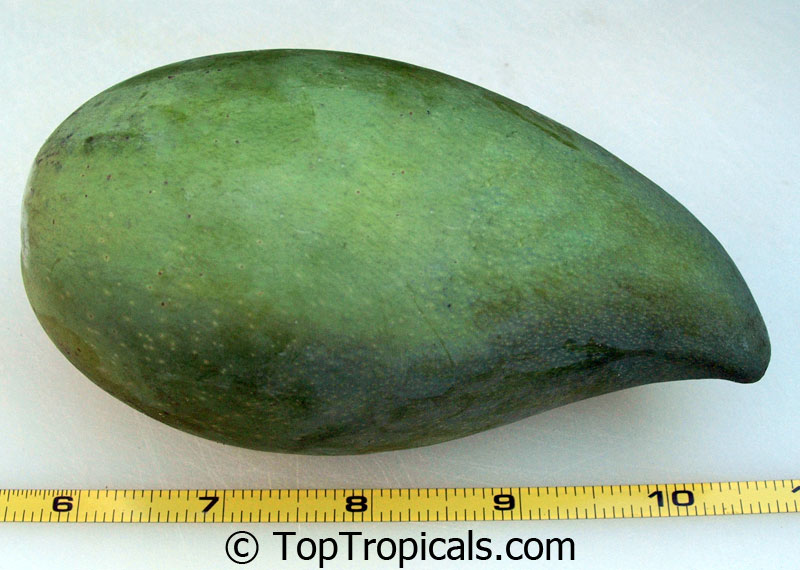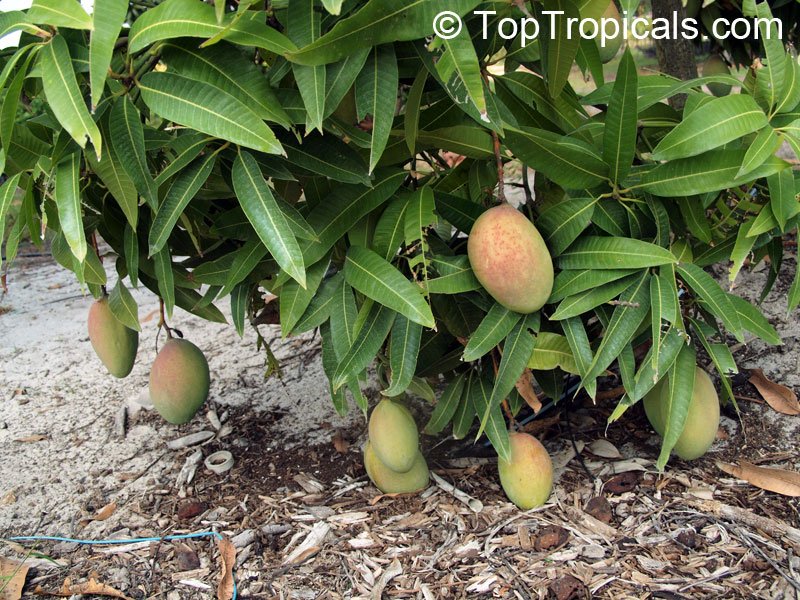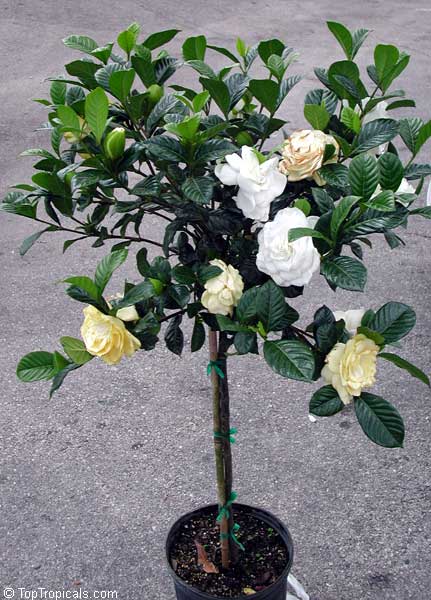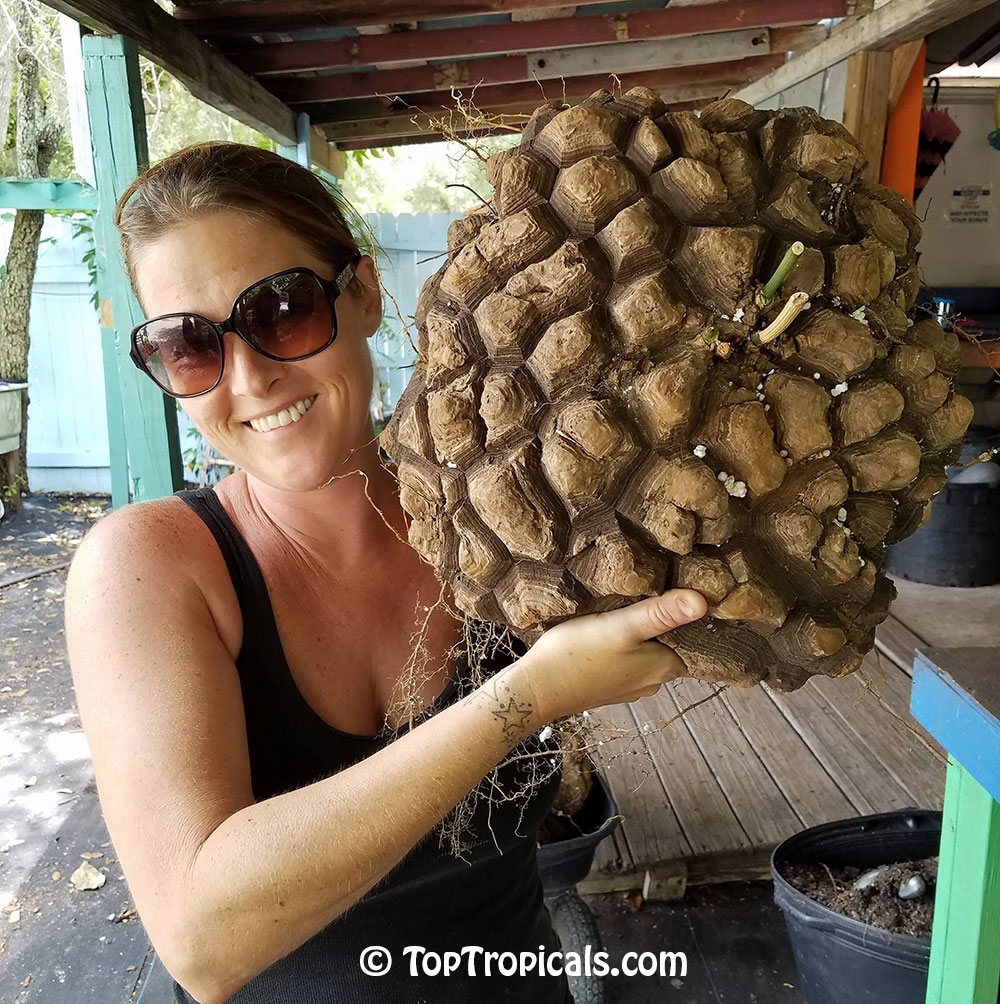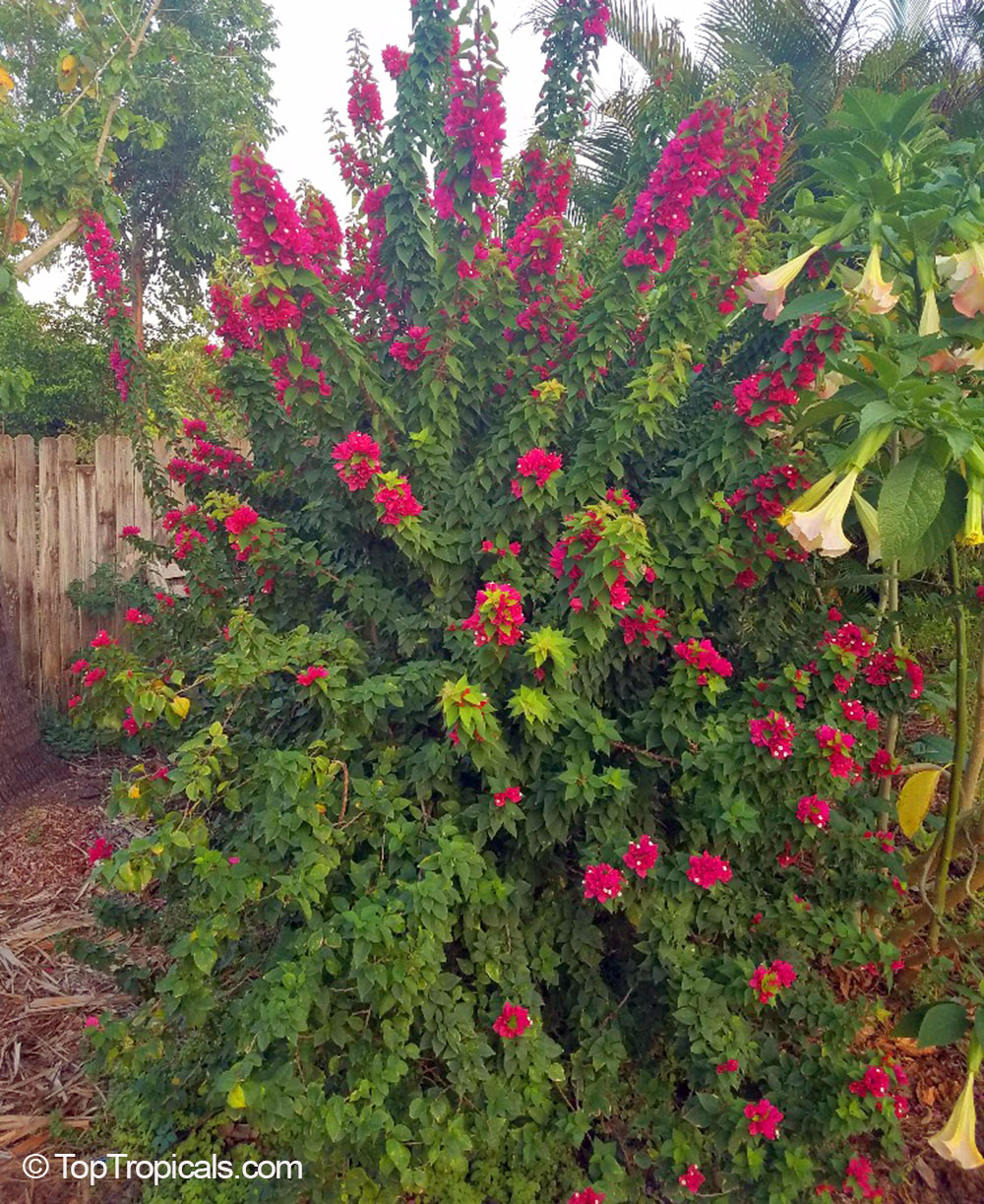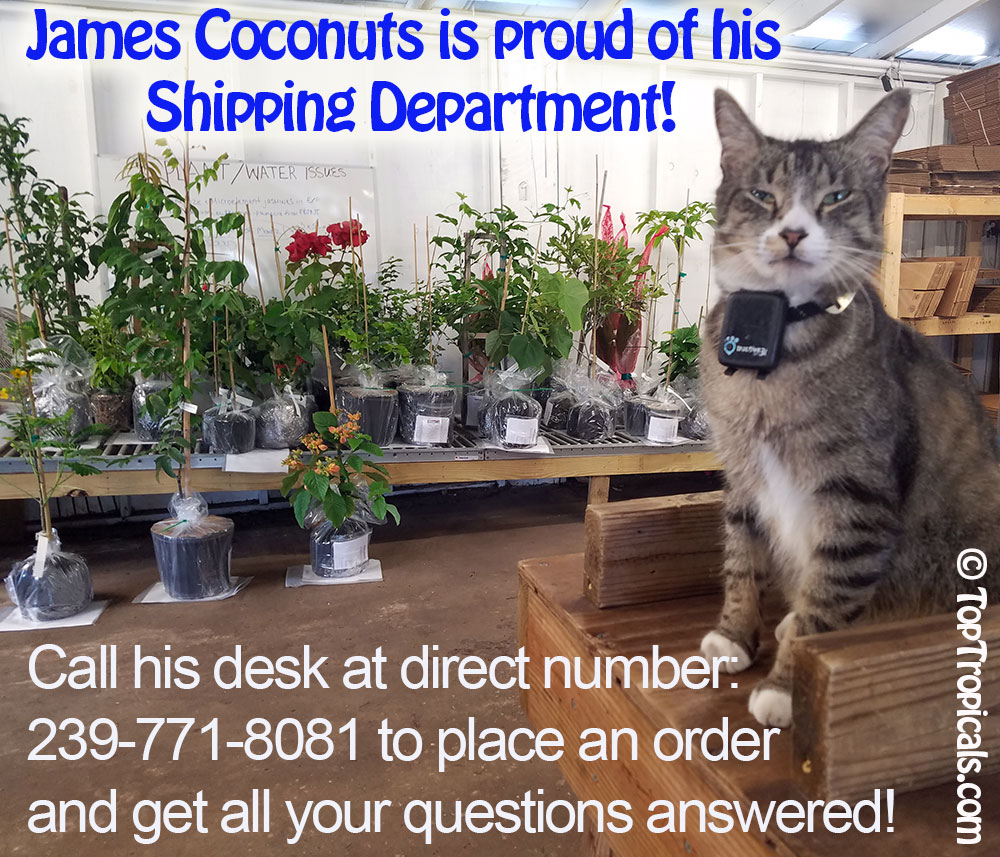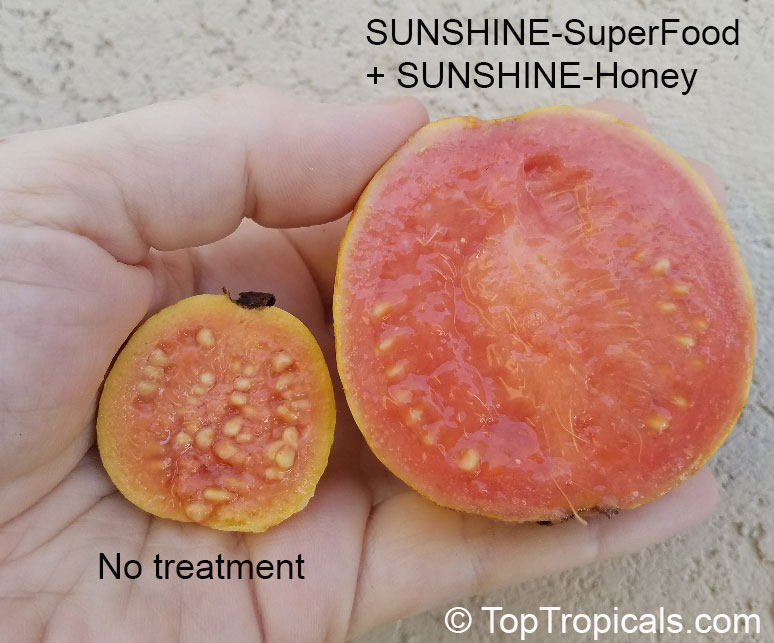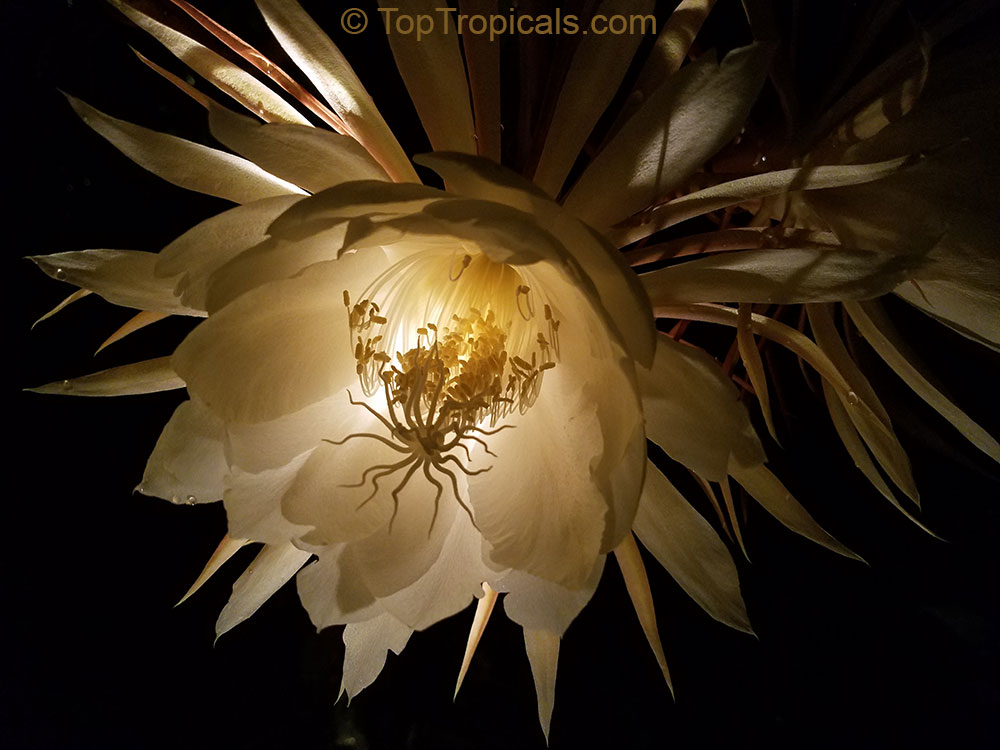Cleanest fruit?
"Dirty"
fruit: According to the Environmental Working Group
research, Strawberries are top the list of the 12
"dirtiest" fruits and vegetables grown commercially.
Spinach is the second, followed by (in order of
contamination) nectarines, apples, grapes, peaches,
cherries, pears, tomatoes, celery, potatoes and sweet bell
peppers. Each of these foods tested positive for pesticide
residues and contained higher concentrations of pesticides
than other produce. This causes of course chronic health
implications. Children are of special concern as younger
bodies have greater susceptibility to pesticides than
adult bodies, the report emphasizes. Pesticides may induce
chronic health complications in children, including neuro-
and behavioral problems, birth defects, allergies, asthma,
and even cancer...
"Clean
15": Avocados lead 2018's clean fruits and
veggies list, that also includes: mangoes, papayas, pineapples, kiwi, sweet corn, cabbage,
onions, frozen sweet peas, asparagus, eggplant, honeydew
melon, cantaloupe, cauliflower and broccoli.
Obviously, home grown fruit and vegetables are even
better. Such fruit as Custard Apples, Sapodilla, Sapote, Jackfruit, Dragon Fruit, Passion Fruit and other rare
varieties of tropical fruit, are even better for you
because they are not grown commercially, and the choice
from your own organic garden is the healthiest for
yourself and your family!
Plant them today and get your cleanest fruit tomorrow!
Check out all tropical fruit trees and all
tropical spice plants.
